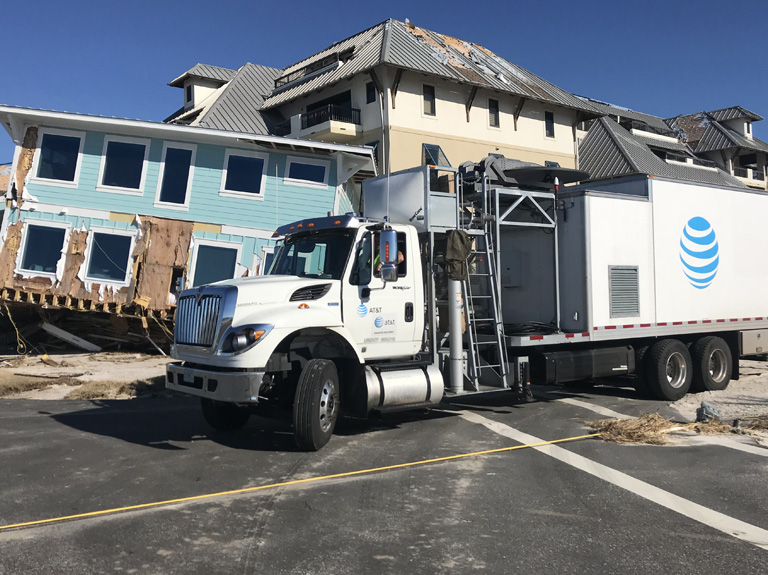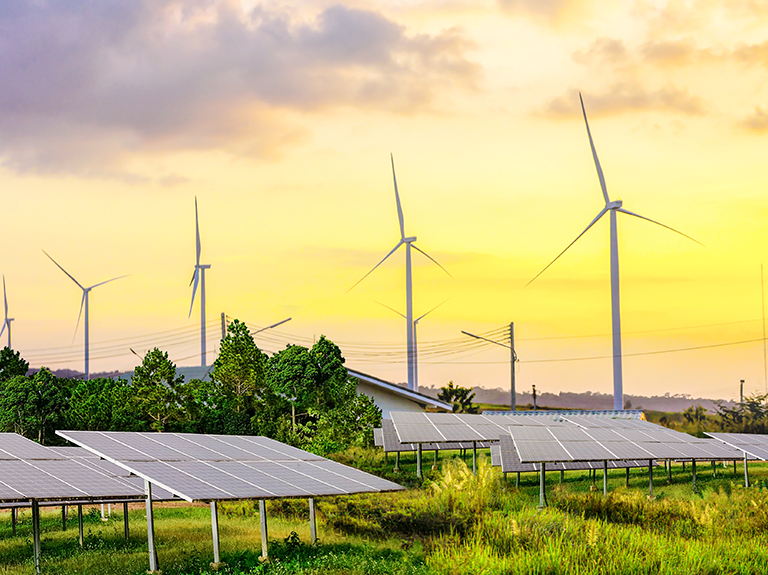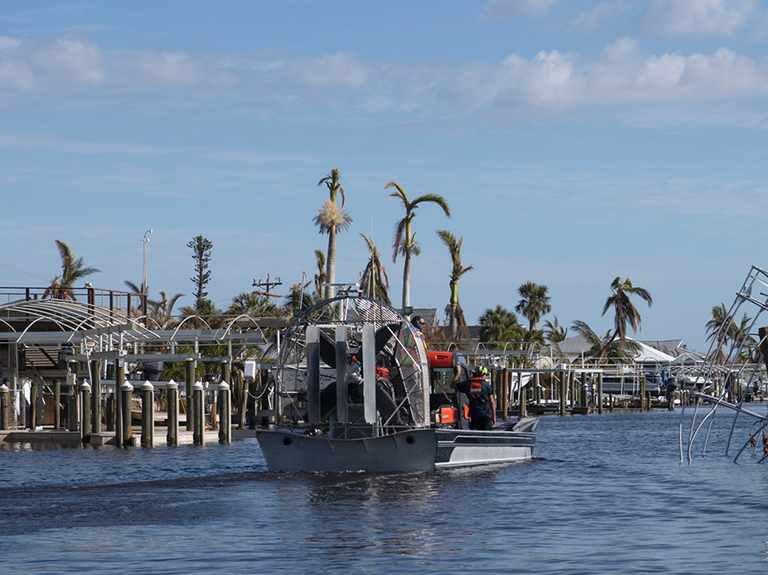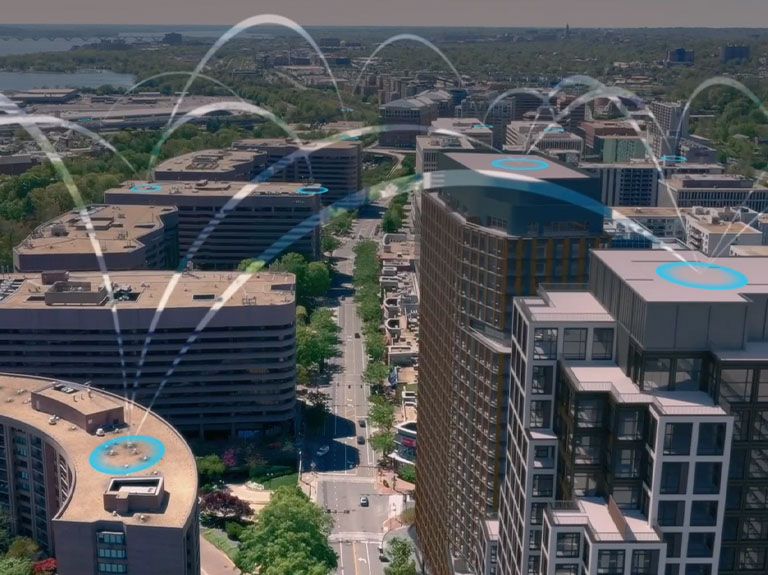Building Climate Resilience

The historic floods that have devastated communities across the Midwest are yet another signpost of a changing climate whose impacts are being felt across the United States. From out of control wildfires in California to crippling hurricanes on the Gulf coasts, these disasters are increasing in both strength and frequency, and taking their toll on the communities where we live and work.
In fact, according to the National Oceanic and Atmosphere Administration, the number of weather and climate events in the United States where the overall damage costs reached or exceeded $1 billion has been rapidly accelerating. Over the past three years, the number of these disasters has been more than double the long-term average. This cost is most acutely borne by the communities in which these disasters occur, incurring lasting damage to homes, schools and businesses, and in many cases putting a burden on the people least able to afford recovery.
As I look at these trends, I can’t help but think of the world our children and grandchildren will inherit and wonder if we can do more today to prepare for the challenges of tomorrow. Because while the toll these disasters take can be crippling, it need not be inevitable. By understanding and planning for such events, communities can better withstand and recover from anticipated impacts of extreme weather. For the private sector, which relies on consistency and continuity, building up “climate resiliency” is a smart investment that should be factored into any long-term planning – especially with reports from the U.S. federal government and the Intergovernmental Panel on Climate Change affirming that the impacts of natural disasters are likely to accelerate in coming years.
As Chief Sustainability Officer at AT&T, I am increasingly having conversations about how we, as a company, are responding to the challenges posed by climate change. We have long been focused on mitigating our impacts, through carbon reduction targets like our 10x goal or abating emissions through procurement of 820 MW in wind energy.
But we are also focused on resilience and adaptation, which starts with assessing the risks that climate change creates for our business so we can make smarter and better-informed decisions. One way we are doing this is by working with experts at Argonne National Laboratory to access comprehensive climate datasets we then use to conduct risk analyses of our network and operations. The project is producing insights up to 30 years in the future that can help our company – and the communities we serve – better prepare for and adapt to the changing climate.
We know our customers, our employees and our communities depend on us – especially when disaster strikes. They’re counting on our network and our people to be ready and resilient. And the actions we take today to prepare can have a big impact in years to come – on our employees, our customers and our communities. Our work with Argonne will help us adapt our networks and infrastructure to become more resilient. It also will produce valuable information that will strengthen communities and demonstrate how the private sector can lead the way in helping others prepare for the impact of severe weather in the years to come.
The impacts of climate change will continue to be felt in communities across the United States and around the world for decades to come. We can’t always predict the future, but with advanced data analytics and some of the best climate, environmental and network experts in the world, we can shape our plans for tomorrow, building what we all want – a more sustainable world.


